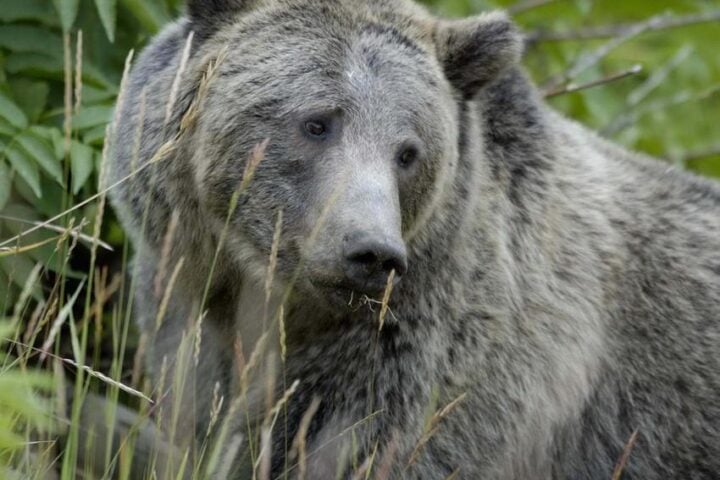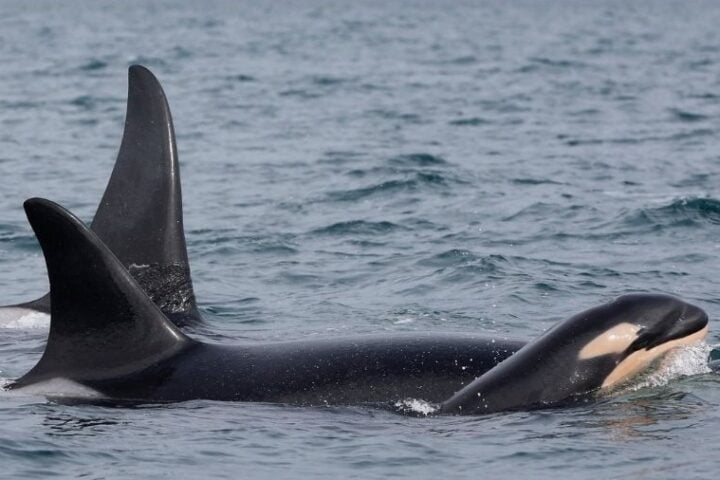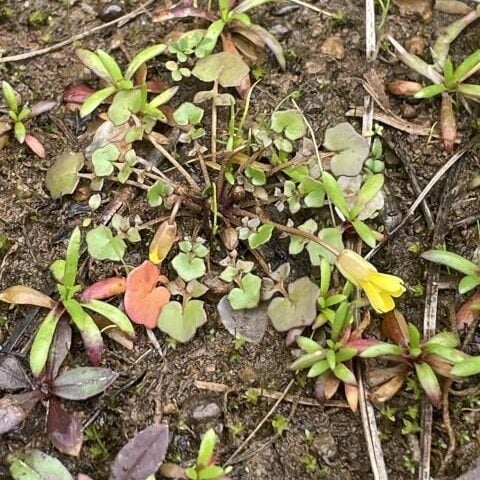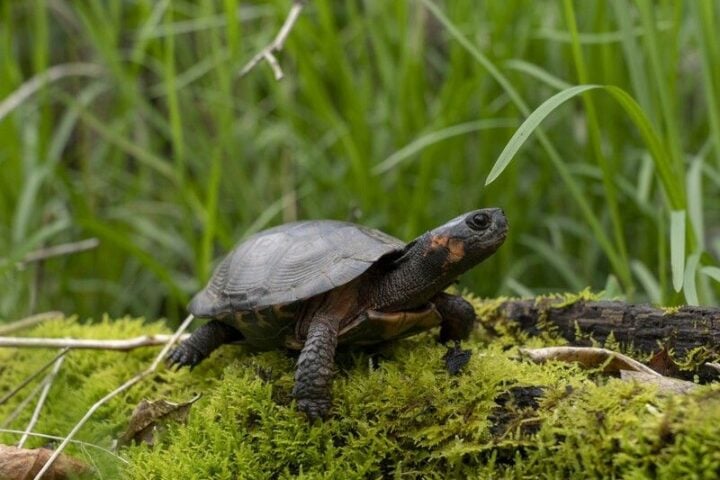The habitual quietness of the Columbus Zoo and Aquarium took on a melancholic tone last Friday when Kvamme, the remarkable 10-year-old cheetah known for his distinctive medical shirt, completed his final sprint after battling pneumonia. The zoo announced his passing on March 28, 2025, marking the end of a decade that transformed countless visitors into wildlife advocates.
Kvamme’s tale began on September 3, 2014, at Omaha’s Henry Doorly Zoo and Aquarium in Nebraska. His early cubhood took an unexpected turn when his mother fell ill, rendering her unable to provide milk for him and his sister Kesi. The pair arrived at Columbus Zoo at just four weeks old, where the specialised animal care team implemented round-the-clock hand-rearing protocols that proved successful despite the challenging circumstances new cubs face without maternal care.
The conservation medicine specialists at Columbus developed a particular fondness for Kvamme, citing his “unique personality and complex medical history” in their official announcement. His medical shirt, originally designed to protect his skin from abrasions, became an educational touchpoint. Through patient behavioural conditioning, Kvamme learned to assist his keepers by lifting each paw sequentially during the dressing process, demonstrating the cognitive capabilities and trust-based relationships possible between wildlife care specialists and ambassador animals.
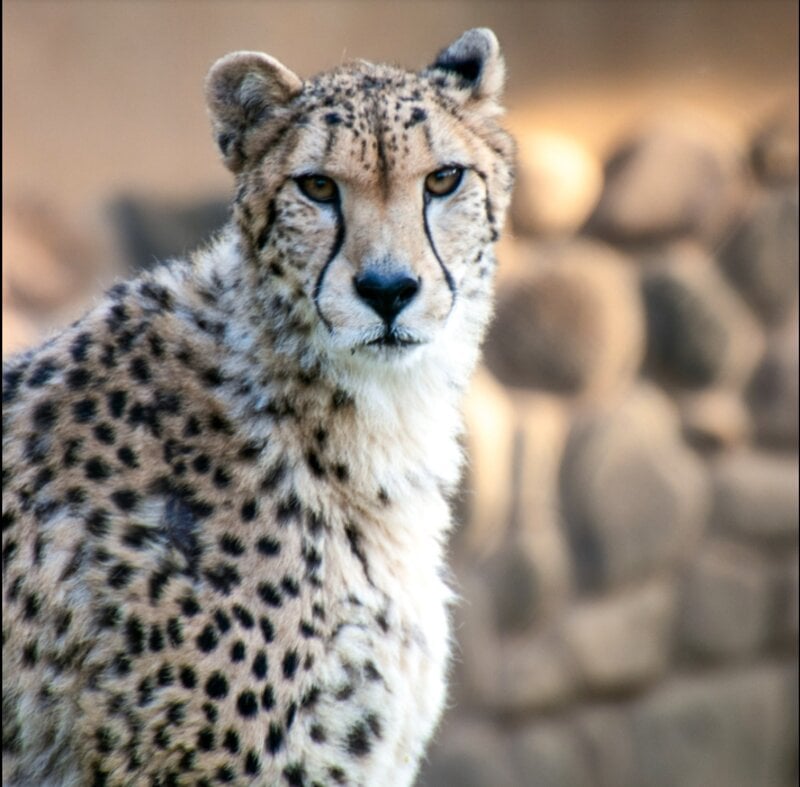
“His perfect teddy bear ears, loud purrs, and happy meows are all small things our Animal Care team will remember about him,” the zoo shared in their heartfelt tribute. These intimate details connected visitors to the broader narrative of cheetah conservation, putting a charismatic face to a species facing mounting pressures in their native ranges.
Despite receiving aggressive medical intervention, Kvamme’s recent pneumonia diagnosis proved insurmountable. Yet, throughout his treatment, his characteristic bright spirit remained unchanged—a testament to his resilience.
Similar Posts
Kvamme’s passing coincides with continuing conservation challenges for wild cheetahs, classified as ‘Vulnerable’ by the International Union for Conservation of Nature. While the Columbus Zoo did not specifically detail his genetic lineage or participation in breeding programs, institutions accredited by the Association of Zoos and Aquariums typically manage cheetahs under Species Survival Plan protocols to maintain genetic diversity while supporting range-country conservation initiatives.
The animal care team that raised Kvamme from cubhood shared their profound connection: “Kvamme was truly a one-of-a-kind cheetah, and his personality and legacy will be remembered for years to come.” His story exemplifies how a single animal can catalyse public engagement with conservation imperatives.

While the Zoo’s announcement focused primarily on Kvamme’s individual narrative, his and other cheetah’s decade of public outreach indirectly supported field conservation through awareness building. In managed care settings, cheetahs serve dual roles as ambassadors and research subjects, with health insights often translating into improved field veterinary practices. Kvamme’s medical management, while specific to his individual needs, contributes to the collective understanding of felid health that benefits both ex-situ and in-situ conservation efforts.
The Columbus Zoo invited the public to celebrate Kvamme’s life and “the incredible impact he had on all who met him”. His legacy continues through the conservation awareness he fostered among visitors who might otherwise never encounter the world’s fastest land mammal. Each guest who paused at his habitat departed with a deeper connection to cheetah conservation—perhaps the most enduring sprint in Kvamme’s remarkable journey.
Frequently Asked Questions
Kvamme was a remarkable 10-year-old cheetah at the Columbus Zoo and Aquarium known for wearing a distinctive medical shirt. He became an important ambassador animal who helped educate visitors about cheetah conservation. Born at Omaha’s Henry Doorly Zoo in 2014, he was hand-raised at Columbus Zoo after his mother fell ill and became known for his unique personality and special connection with his caretakers.
Kvamme passed away on March 28, 2025, after battling pneumonia. Despite receiving aggressive medical treatment, his condition proved insurmountable. The Columbus Zoo announced his passing, noting that he maintained his bright spirit throughout his treatment.
Kvamme wore a medical shirt to protect his skin from abrasions due to his complex medical history. The shirt became an educational tool for visitors. Remarkably, through patient behavioral conditioning, Kvamme learned to assist his keepers by lifting each paw sequentially during the dressing process, demonstrating the cognitive capabilities and trust-based relationships possible between wildlife care specialists and animals.
Cheetahs are classified as ‘Vulnerable’ by the International Union for Conservation of Nature (IUCN). They face significant conservation challenges in their native ranges. Zoos accredited by the Association of Zoos and Aquariums typically manage cheetahs under Species Survival Plan protocols to maintain genetic diversity while supporting range-country conservation initiatives.
Ambassador animals like Kvamme play a crucial role in conservation by creating personal connections with zoo visitors who might otherwise never encounter these species. This fosters public engagement and awareness about conservation imperatives. Additionally, the medical management of animals in human care contributes to the collective understanding of species health that can benefit both captive and wild populations.
Kvamme arrived at Columbus Zoo at just four weeks old and received round-the-clock hand-rearing by their specialized animal care team. Throughout his life, he received attentive care from conservation medicine specialists who developed a particular fondness for him due to his unique personality. The zoo provided him with medical treatment for his conditions, including his recent battle with pneumonia, and celebrated his distinctive personality traits like his “perfect teddy bear ears, loud purrs, and happy meows.”
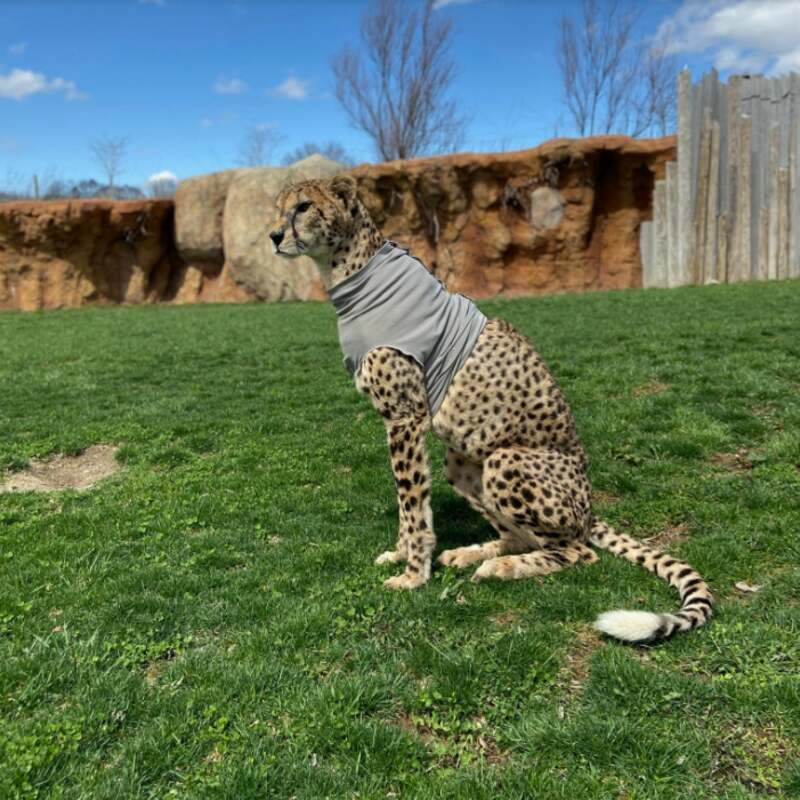

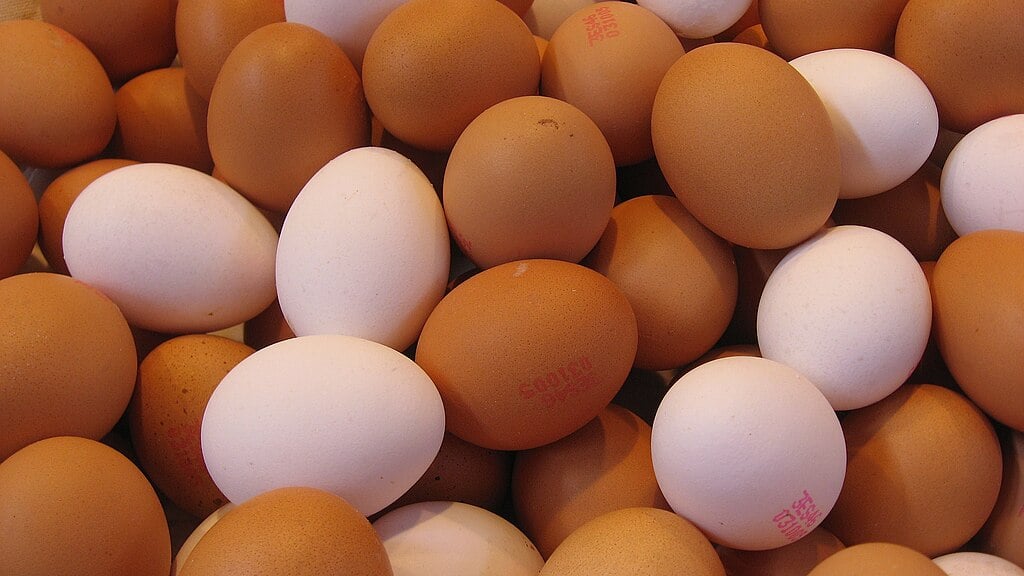

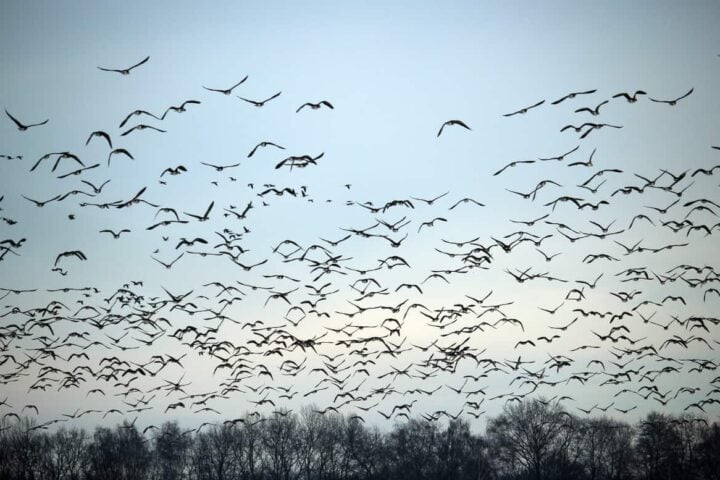
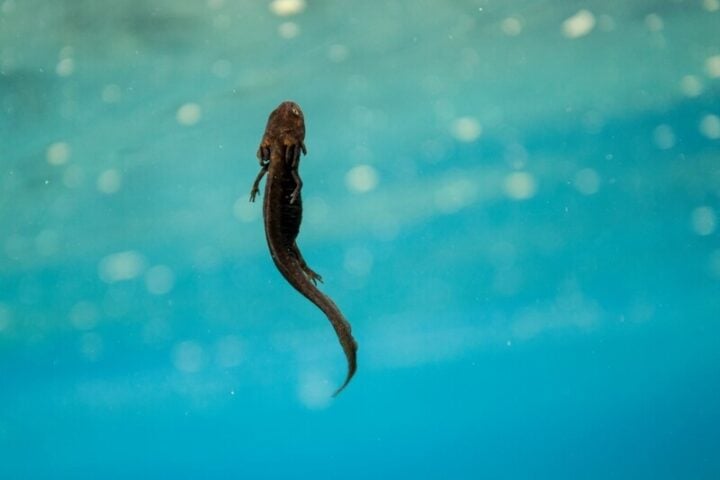
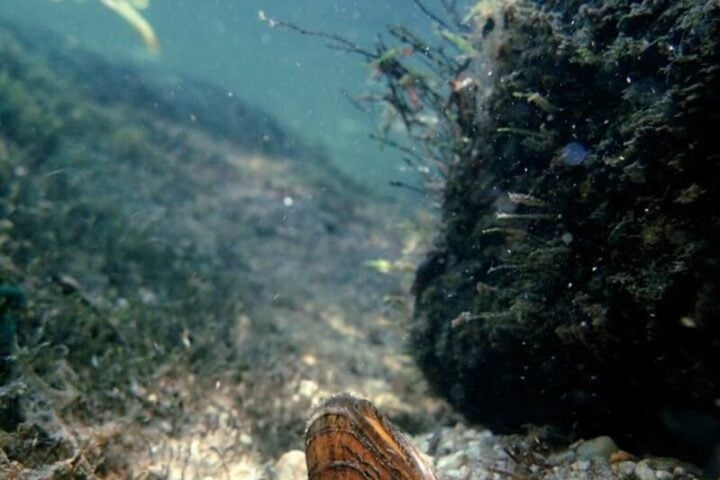
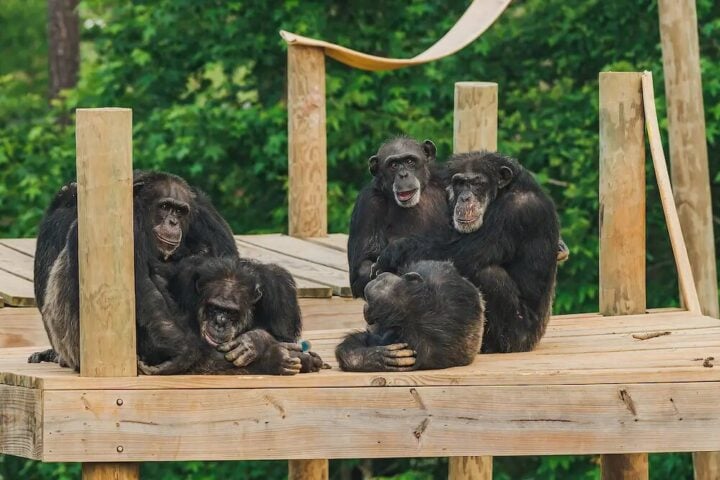

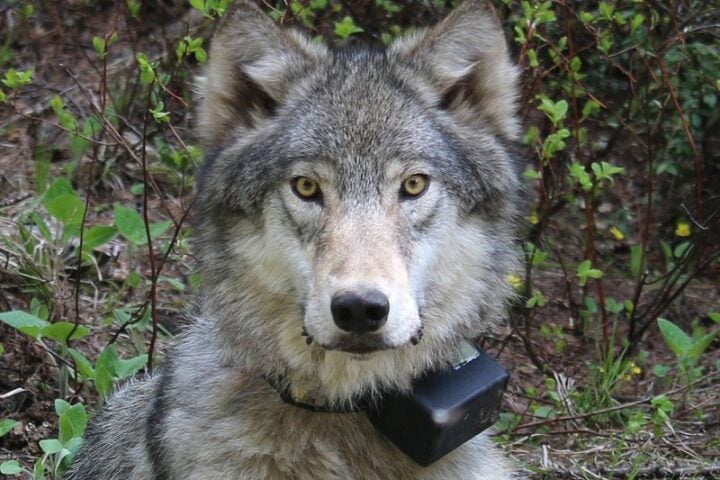
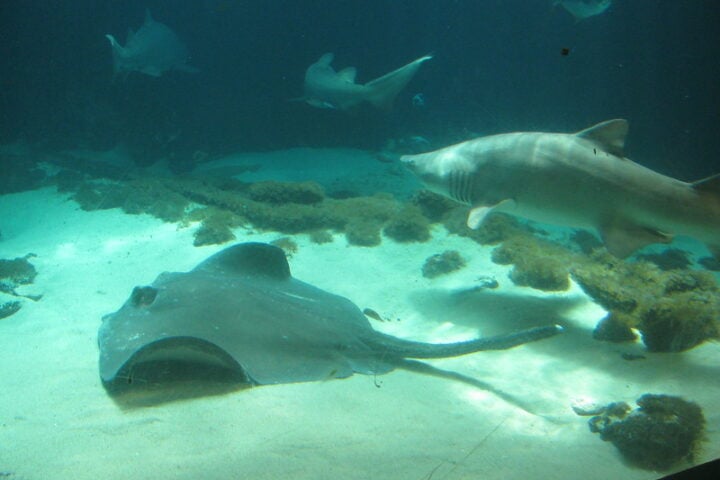
![Representative Image: European Starling [49/366]. Photo Source: Tim Sackton (CC BY-SA 2.0)](https://www.karmactive.com/wp-content/uploads/2025/04/Starlings-Drop-82-in-UK-Gardens-as-Birdwatch-2025-Reveals-Record-Low-Count-Since-1979-720x480.jpg)
